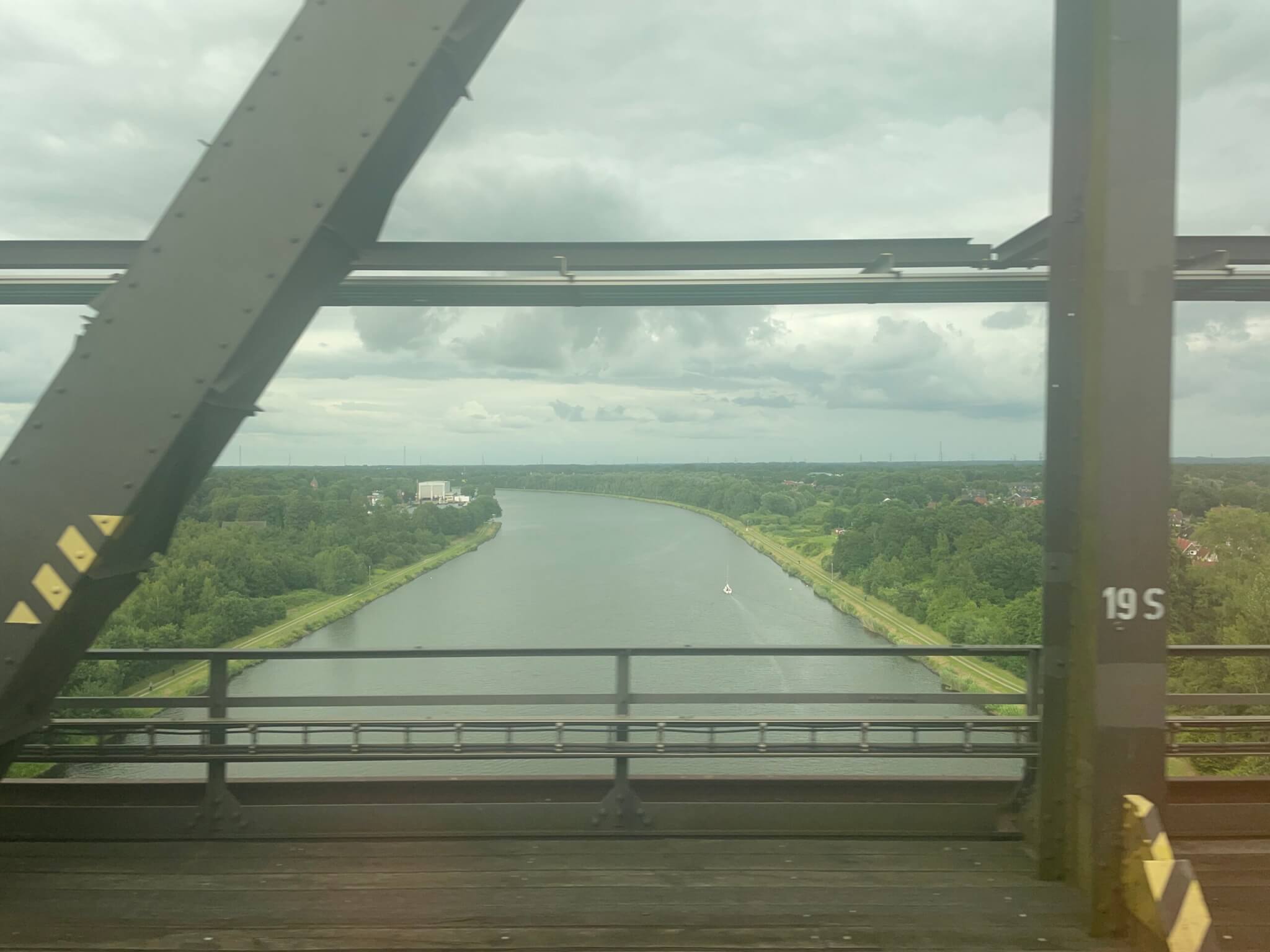
Catching up on some reading about mastery-based testing and feedback
Testing drives learning, at least to some extent. Testing can also cause a lot of stress and anxiety that hinder learning. But there might be a way of testing that actually benefits learning without causing too much stress: Mastery-based testing, provided it is combined with good feedback!
Asher et al. (2025) describe how they base assignments in a general chemistry course on clearly articulated learning outcomes, grade students based on their mastery, and give students several opportunities to repeat assignments after each of their six modules to demonstrate mastery. From their 234 students, they found that students tend to repeat tests if they score lower than 80% in order to improve that grade. Between tests, students tended to go back to online material to study, and that studying improved results on later tests. Asher et al. (2025) found that first-generation students benefitted slightly more from the mastery-based testing, thus closing the achievement gap a little. But they stress that mastery-based testing as a pathway to learning depends on the availability of good study materials that students can use before repeat attempts (and, I guess, ideally also before the initial attempt).
One topic that is mostly glossed over in that article is how the feedback is given. A new-to-me perspective comes from Esterhazy (2018)’s work that considers the influence of the discipline on what makes feedback constructive. Oftentimes, feedback is considered just as transmission of information, but if we look at feedback as a relational process, things get a lot more interesting. Esterhazy investigates a software development course and looks at learning activities (e.g. lectures), corresponding “cultural tools” (e.g. slides, concepts and strategies for programming), social conventions (e.g. happens once a week, teachers talk, students listen and are discouraged from asking questions) and feedback encounters (e.g. students ask questions, teacher responds to whole class or refers to coaching sessions). In coaching sessions and labs, however, students can get mini-lectures in response to questions and/or individual help from TAs, teachers, or peers. Those are considered productive feedback encounters because they result in learning about their performance and how to improve it. And they are clearly shaped by social conventions (for example, in the coaching sessions it is first-come-first-serve, and you have to wait until it is your turn to get the TA’s attention; or “smart” students sought out “smart” TAs for maximum effect). But also by the availability of technology — coaching sessions took place in a space where the TA could project their laptop screen on the wall, hence share with a larger group than just two students hunching over the laptop. Also, feedback could come from non-human sources, like error messages that the compiler gave out. What I find very interesting here is that “each instantiation of a practice will shape the way the practice will be enacted in the future“, so everytime feedback is given, conventions are re-negotiated a little bit, which influences how they will be used next time.
Another very nice and new-to-me perspective on feedback is given by Gravett & Carless (2024) who write about feedback literacy-as-event and describe examples of where even receiving in-person feedback, which the mentee prefers over written feedback, is hindered by thresholds like small or non-existent overlaps in the availability of the tutor and mentee, or the prices of parking a car on campus. Feedback is so much more than just the information about performance! Gravett & Carless (2024) encourage us to ask ourselves “how is care enacted and experienced in this interaction?“, and to consider that the interaction is much wider than we might typically think, i.e. also includes the setting in which it is taking place (in person or virtually, or as an electronic or physical artifact, or — in the case study by Esterhazy (2018) — where you are situated in the “line” waiting for the TA), the way that an appointment was made, … I find this perspective so inspiring, it resonates with me very much!
Asher, M. W., Hartman, J. D., Blaser, M., Eichler, J. F., & Carvalho, P. F. (2025). The Promise of Mastery-Based Testing for Promoting Student Engagement, Self-Regulated Learning, and Performance in Gateway STEM Courses. Computers & Education, 105387.
Esterhazy, R. (2018). What matters for productive feedback? Disciplinary practices and their relational dynamics. Assessment & Evaluation in Higher Education, 43(8), 1302-1314.
Gravett, K., & Carless, D. (2024). Feedback literacy-as-event: relationality, space and temporality in feedback encounters. Assessment & Evaluation in Higher Education, 49(2), 142-153.
The featured image is the Kiel Canal at Rendsburg, as seen from the Rendsburg High Bridge, which is a really cool bridge (see below) built in 1911-13! Since it bridges the Kiel Canal, pretty big ships have to be able to go underneath, so it has to be pretty high (42m over the main water level!). But since it is a train bridge, it needs to have a very gradual slope. But Rendsburg train station is located fairly close to the bridge. So what they did is build this 360 degree full circle loop around a part of the city to slowly slowly climb the required height from the train station to the bridge on a very short distance! I always like going over this bridge, it’s a cool construction!
